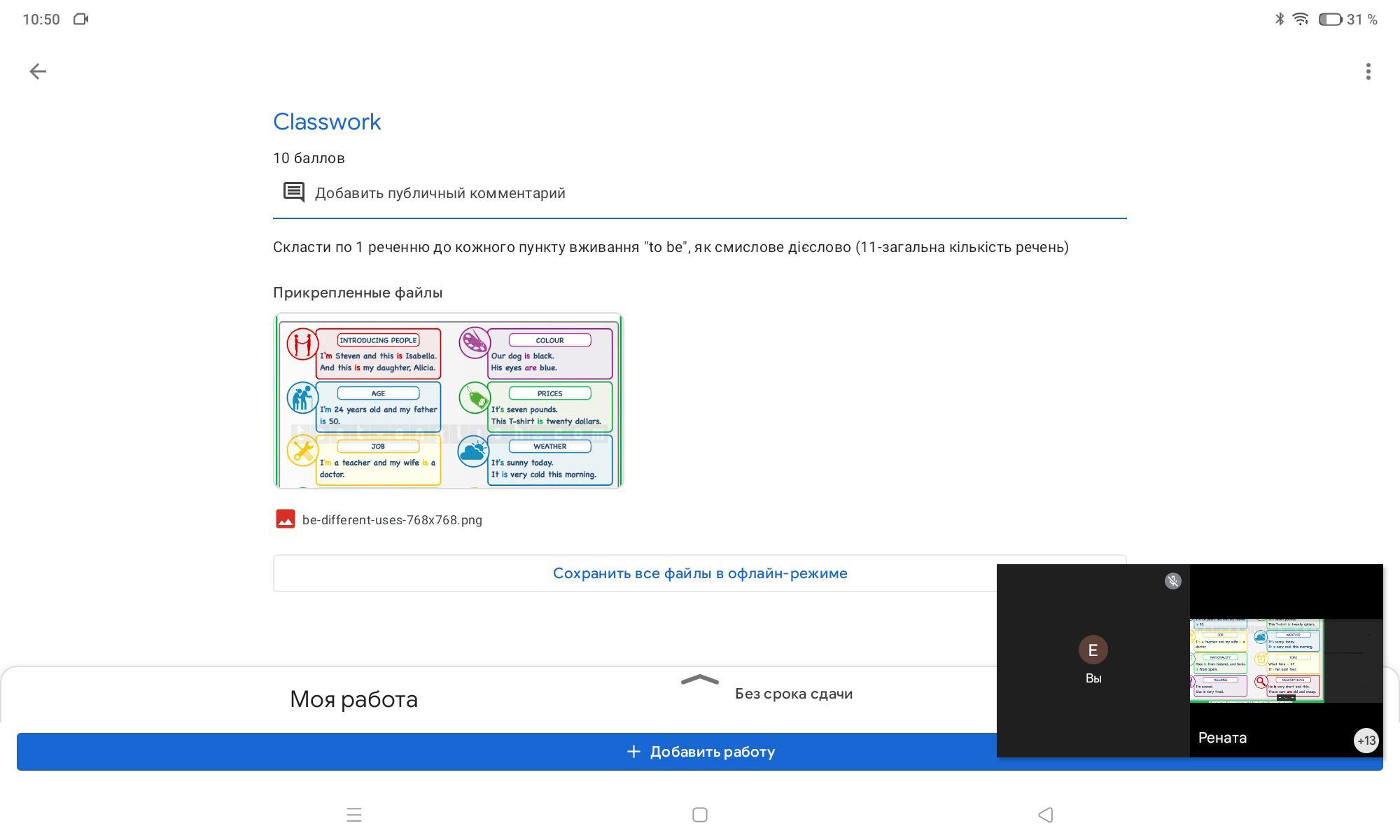Предмет: Английский язык,
автор: elvirasupilova1
Помогите пожалуйста не понимаю
Приложения:

elvirasupilova1:
Срочно надо
это скорее как правило, наверное вам задали выучить
Ответы
Автор ответа:
0
Ответ:
Якщо я не помиляюся Використанн
Если не ошибаюсь ты должен это выучить когда и где нужно вставлять is и т.д думаю понятно
я
Объяснение:
Похожие вопросы
Предмет: Английский язык,
автор: jjjayk
Предмет: Математика,
автор: madiarabdykarimov512
Предмет: Математика,
автор: split0
Предмет: Английский язык,
автор: gelyaglambet
Предмет: Алгебра,
автор: dimakirillov201